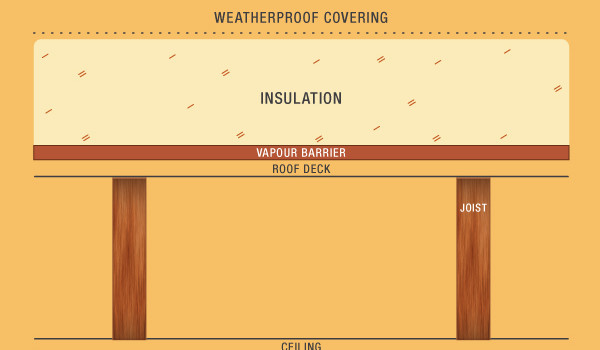
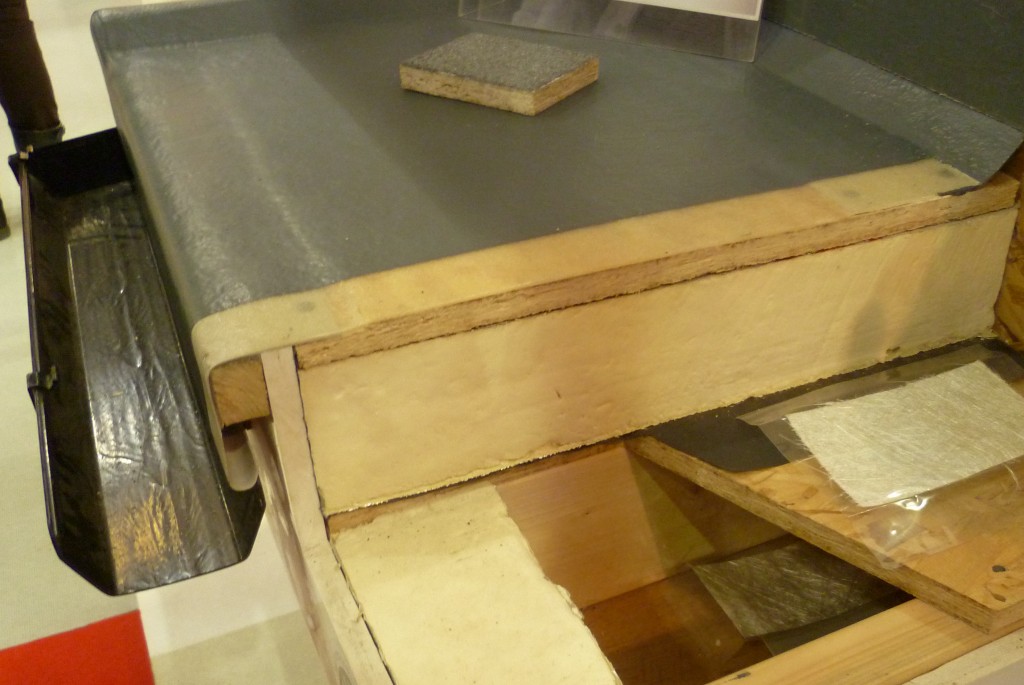 What is flat roof insulation?
What is flat roof insulation?
A flat roof is defined as any roof that has a pitch of less than 10 degrees. In practice a flat roof is pretty easy to spot because essentially it is horizontal. Also flat roofs don’t tend to have the loft space that you normally associate with pitched roofs, so on the whole they won’t have the loft hatch in the ceiling.
Therefore in insulated flat roofs, the insulating materials are laid between your ceiling and the roof membrane to prevent heat from escaping or coming into your property.
How good is my flat roof insulation?
Flat roofs have been common in construction for the last 150 years. From the 1950s right up to the 1970s flat roof properties and flats were quite popular, many were built and are therefore found throughout the UK. If you have a period property you may have a split roof for example; where the front is sloping with loft access and the back is flat. The flat part of your property can either be a terrace or an inaccessible roof space.
Unfortunately, in the past installing insulation wasn’t really high on the agenda when it came to building flat roofs. As a result, if you do have a flat roof on your property it will most likely be poorly insulated. What this means is that in the winter, warm air will quickly escape from heated rooms through the flat roof leaving the room feeling chilly. In the summer, the opposite is true; the room could be like a sun room, where if the sun shines, it gets unbearably hot and sticky.
These extremes are exaggerated if that room or side of the property is northerly facing, so in the winter with a lack of infrared heat intensity it will feel colder than other rooms. In the summer if the room is southerly facing, which typically gets more sun intensity then the room will feel too hot relative to the rest of the property.
Even if the roof has recently had the membrane or the asphalt (that keeps the water out) replaced, it is fairly unlikely that any insulation would have been retrofitted unless it was specifically requested for.
What is the current building regulation for flat roof insulation?
The current building regulations with respect to U values for flat roof insulation was updated in 2010, following on from the 2006 implemented changes to Building Regulations Approved Document L (Conservation of fuel and power). The current target U-value for new or replacement flat roofs should be 0.18W/m²K. This has been lowered over the years for two reasons, firstly more insulation means better heat retention and therefore lower bills and secondly to help meet the CO2 emission reduction EU directive.
How to insulate your flat roof?
Before we begin explaining about the ways to do this, it is vital you don’t attempt any of these improvements yourself – they should be carried out by a professional contractor.
Warm deck insulation (warm roof)
As the diagram shows this involves putting in the insulating materials on top of the roof. The process starts by laying 100mm or more of rigid board insulation on top of the waterproof roof membrane. Doing this protects those layers underneath from the extreme weather elements.
Once the layer of insulation is added a layer of asphalt is laid out on the top to finish the job. The flat roof can have many uses after that, for example from laying a layer of gravel to actually adding soil and plants.
Warm roof is the best way to insulate your flat roof as there are no condensation issues to contend with.
Finally depending on the make-up of your property and the access to the flat roof, be prepared to factor in the cost of scaffolding.
Cold roof insulation
This is the most common way people have their flat roof insulated, which involves placing the insulating material between the joist spaces that support the roof structure. The material has to be laid carefully so that a gap of 50-60mm is left between the roof material and the insulation, to allow air to flow through the structure. For this process to be carried out, you should be aware that the installer will probably need to take your ceilings down.
If you have very shallow joists above the ceiling, it is possible to use spray foam to insulate the space, your installer should be able to advise.
The reason a cold roof is not the optimal way to insulate your property is that air doesn’t travel in straight lines and with the reduced ventilation from insulation can lead to moisture build up and condensation.
Installing loft insulation
Interested in installing loft installation? We have scoured the country for the best tradespeople, so that we can make sure we only recommend those we really trust. You can find one of these tradespeople on our easy to use local installer map.
>>> GO TO OUR LOCAL INSTALLER MAP NOW <<<
Alternatively, if you would like us to find you a local installer, just fill in the form below and we will be in touch shortly!
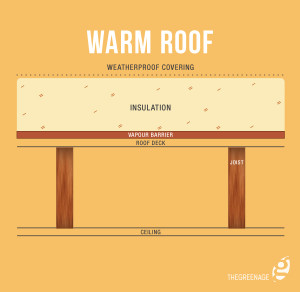
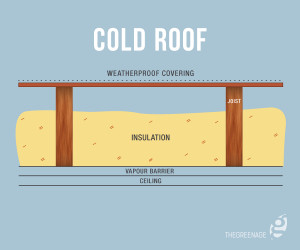




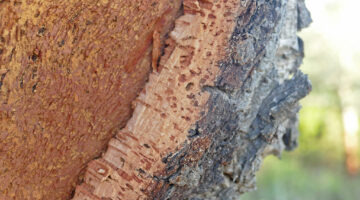







Flat roofs provide the stability needed to support the external building fixtures like industrial heating, cooling and ventilation equipment. To safeguard operations, business owners tend to incorporate a flat roof into the building’s core architectural plans. While major repairs are rare for flat roofs, they do require more annual maintenance to keep the building running at peak efficiency. A flat roof repairs become easy when you have the right kind of coatings e.g., Liquid EPDM Rubber.